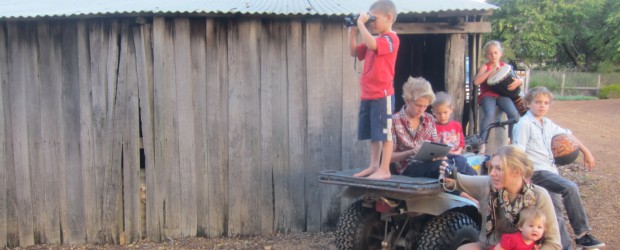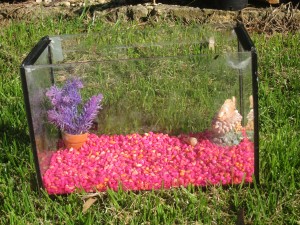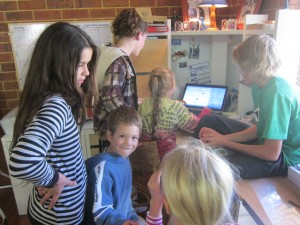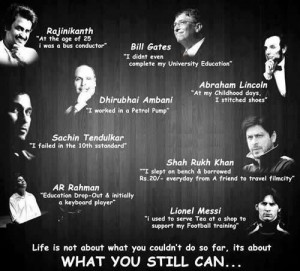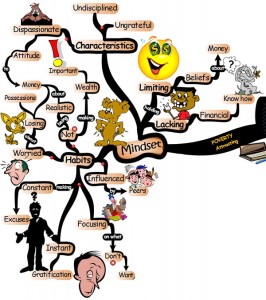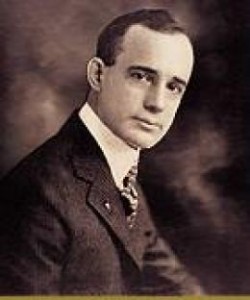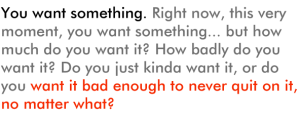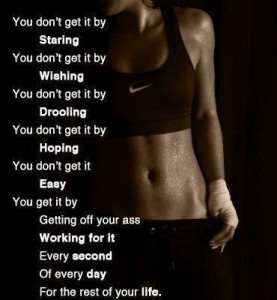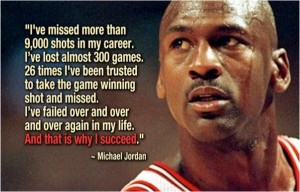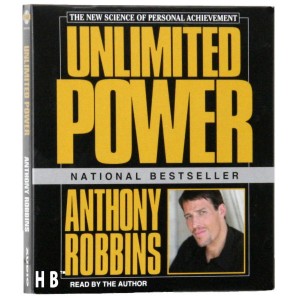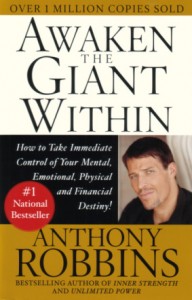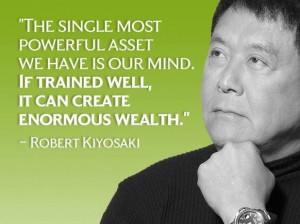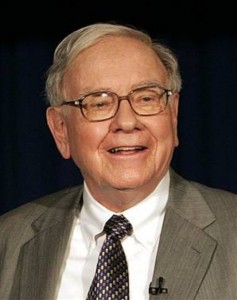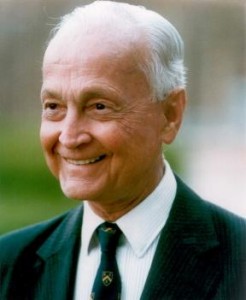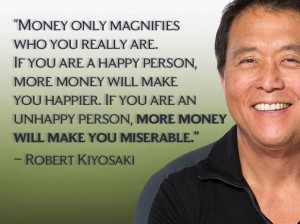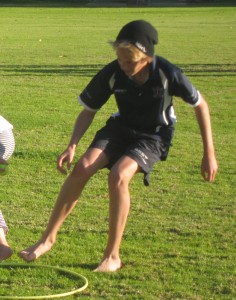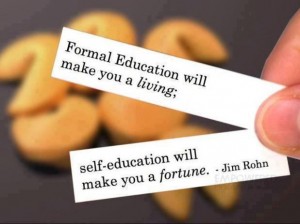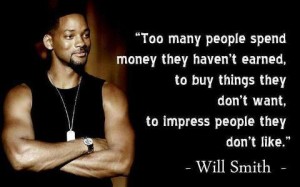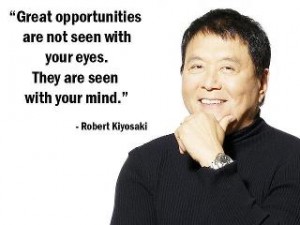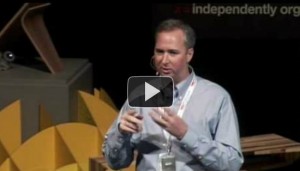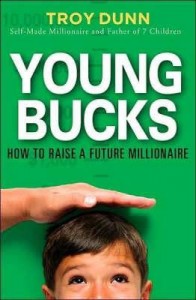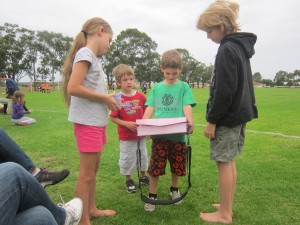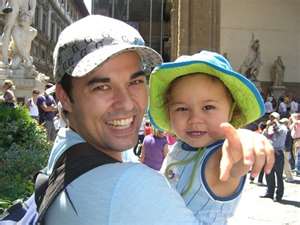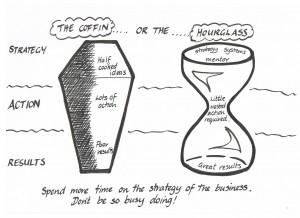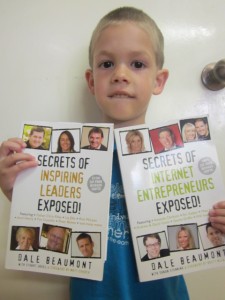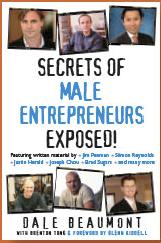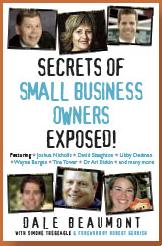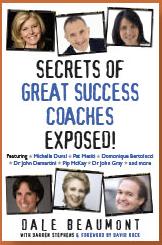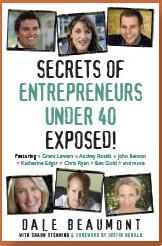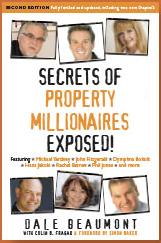There are hundreds of ways children can make money! Yet when chatting to parents they often tell me that they would really like their kids to have a little business enterprise of their own, but they just can’t think of a good idea.
 Well here’s the tip… think what the problems or needs that your local community has and maybe a kids’ enterprise could be built around it. Another angle to come from is to consider what skill your child might have that they could put to good use and build an enterprise around that.
Well here’s the tip… think what the problems or needs that your local community has and maybe a kids’ enterprise could be built around it. Another angle to come from is to consider what skill your child might have that they could put to good use and build an enterprise around that.
Brainstorm ideas by jotting them down on paper. Keep going until you have exhausted all possible ideas whether or not you intend to use them or not. Try asking the neighbours what issues and problems that they have and add these to your list.
Generally people have ‘time’ issues and that is where a business can be started from. Not enough time to mow the lawn, clean the large rubbish bins, chop the wood, tend to the kids’ homework, clean the windows, rake the leaves, tutor the kids, pull the weeds, clean the car… you get the picture!
If you are still stumped for ways children can make money, then check back through this blog as it’s full of ideas.
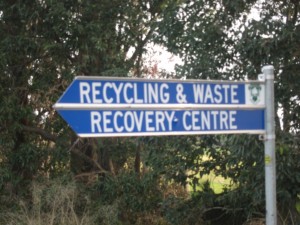 Amber’s “New From Old” enterprise has been going great guns right from the beginning. Her money jars are filling up, and really she hasn’t had to do much work at all! She reached her goal that she set a while back and she is now preparing to take her business to another level (we’ll talk more about that in a later blog).
Amber’s “New From Old” enterprise has been going great guns right from the beginning. Her money jars are filling up, and really she hasn’t had to do much work at all! She reached her goal that she set a while back and she is now preparing to take her business to another level (we’ll talk more about that in a later blog).
If you are new to our blog and haven’t yet had the chance to follow what Amber’s Enterprise entails, then click the link on the left side bar that says “Enterprising Howitt Family”. Here you will be able to read about all the Howitt Kids and their entrepreneurial journeys.
Amber will make the fortnightly trip to the local Recycling and Waste Recovery Centre. It sells anything salvageable. The guy who runs the place now knows Amber and understands that she is running her own business. Amber has developed important skills of negotiating and connecting with a network. When she identifies an opportunity she will confidently strike up a deal with the Recycle Man.
Much of the stuff for sale is really not worth the effort to resell and profit from. It is like looking for a gold nugget in amongst the boulders. Amber’s ability to pick profitable items has improved over the months and she now has an eye for a bargain.
The items that can be resold are the ones that generally solve people’s problems (eg pet cages, baby toys, storage and exercise). These items need to be well presented and in good condition. So Amber looks for opportunities that don’t require spending lots of time and money fixing them up. Ideally she buys things that just need a good clean, a lick of paint or a new set of batteries. She has learnt from her mistakes to check the items properly before buying them. She did buy a perfect condition four man tent still in its new box for $10, only to find out later that it had no pegs or poles. To buy pegs and poles new would blow her costs out and she would run at a loss. So it was put down to a learning experience. Does anyone have free pegs and poles??)
Sometimes Amber will see a possible opportunity, but holds off buying it until she has done her research. She will work out what it will cost to repair or tidy it up (paint brushes, varnish, batteries, sand paper, labour, etc) and then she will look at what others are selling it for on Gumtree (Classifieds online). By doing her research, she then has an idea of how much she can pay for it in order to make a reasonable profit.
Amber sells almost all her items on Buy and Sell Bunbury Face Book. She set up her own Face Book page for the sole purpose to be able to participate in the buy and sell market. She writes her own ads, uploads her own pictures and converses with customers online and on the telephone. When a buyer arrives she will present her goods to them and collect payment.
We’ve watched Amber continuously grow in confidence with her enterprise. She understands the many different ways children can make money and has found and built her own business around solving problems and using her skills of creativity and communicating with people.
Some of the items that Amber acquired and on-sold for profit can be seen in the pictures on this blog.
The five outdoor toddler toys were bought for a good price. She scrubbed them, put new batteries in one, charged the battery in another and sold them all for $60.
The aquarium and pet cages just needed a clean and she made a profit of $25.
Her corner display required screwing together and she made a profit of $20.
Her current project is a very large timber outdoor table. She paid $10 and hopes to sell that for a profit as well after sanding it back and varnishing it.
Amber has also been collecting succulent plants from friends. Her plan is to paint decorative ceramic pots and plant hardy succulents in them, then sell them at a market day.
Here is a video clip of Amber reflecting on her business and goals from several weeks ago. She talks about how her business is progressing, what she needs to do to attain her goal, buying assets and gifting money. Make sure you take a look by clicking here!
It will be very interesting to see where her entrepreneurial journey takes her as she grows older. She loves writing, so maybe she will write a book about her journey!
Hopefully in this blog we have helped show some ways children can make money through enterprise. If you have any good ideas or tips for our subscribers, please leave a comment below.
In our next article we will talk about kids buying Gold!
